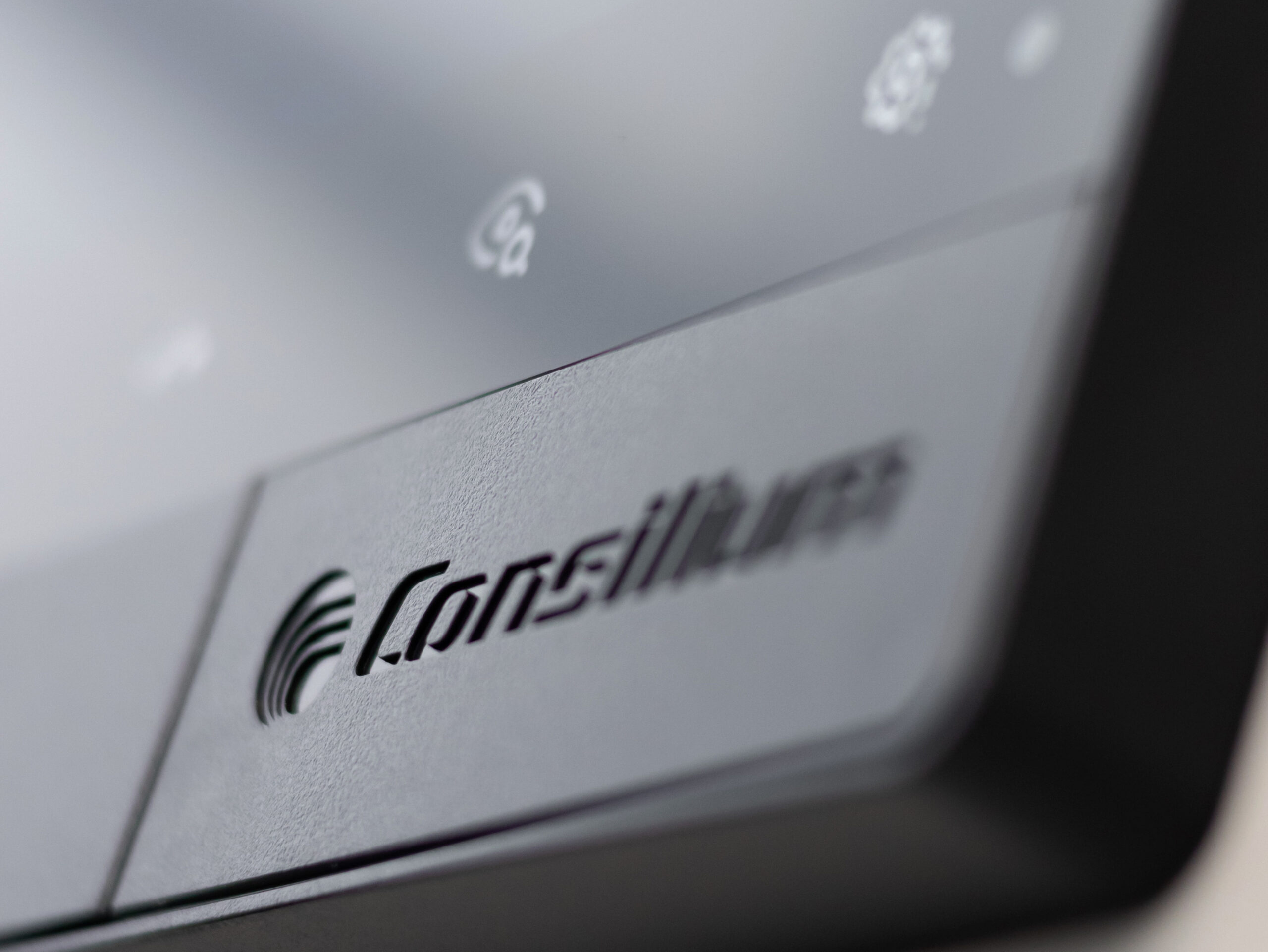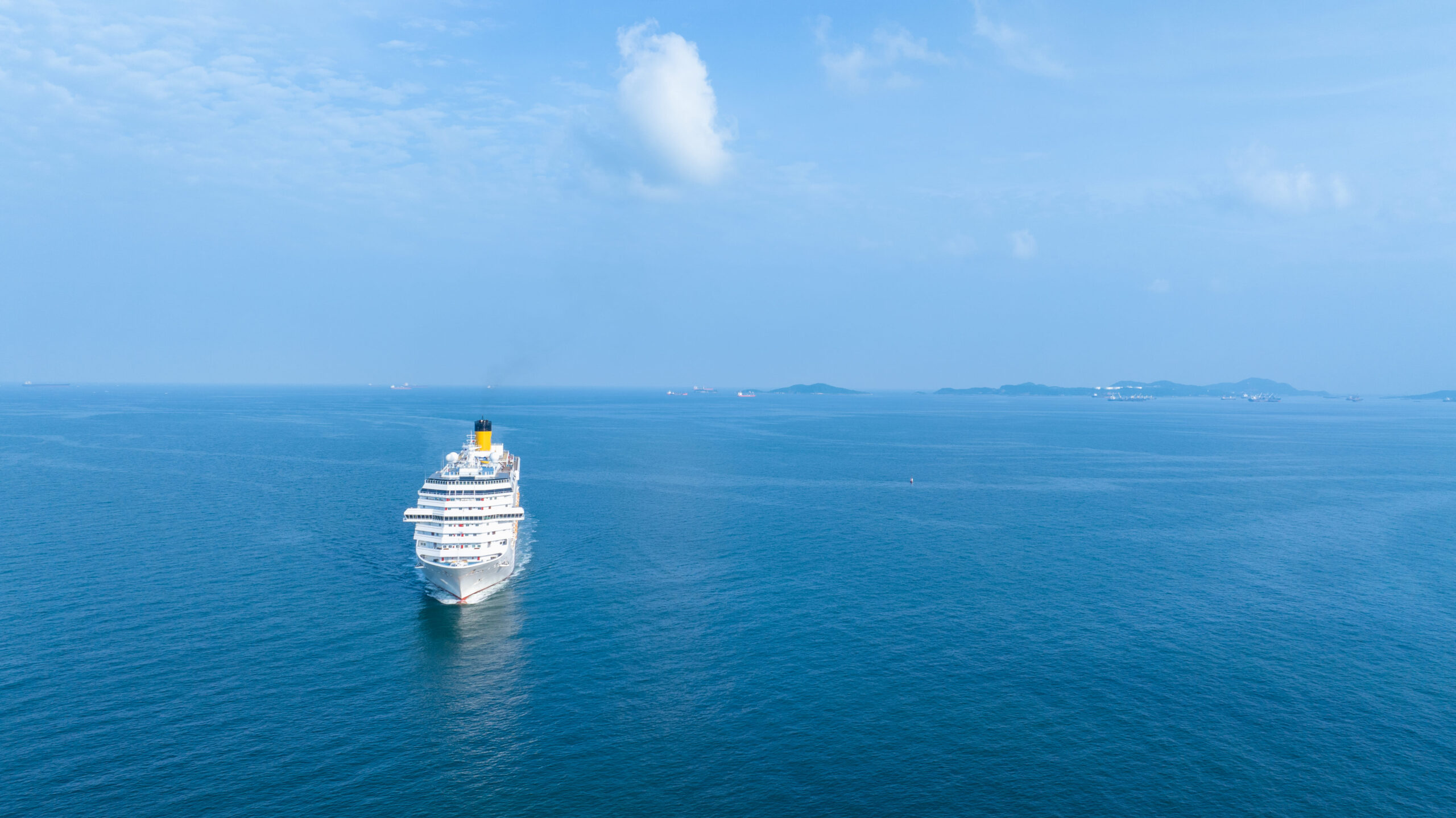As we sit down with Thobias he reflects on his 14-year journey at Consilium and the shifts he’s witnessed – both within the company and the broader marine industry.
“I’ve been in the safety industry for over 20 years,” he says. “Cybersecurity was barely a term we used when I started. Today, it’s one of society’s most pressing challenges, not least in the marine industry where many of Consilium’s products are used.”
When asked about the key cybersecurity threats facing the marine industry today, he points out that it faces the same challenges as any other industry: “Whether it’s a land-based factory or a vessel at sea, many critical systems are connected, which exposes them to the same vulnerabilities.”
Building resilience
Shipping has been the backbone of global trade for centuries. According to the United Nations, over 80 percent of global trade depends on ships. Cyberattacks can disrupt this system, delaying shipments and affecting industries worldwide.
Thobias is quick to highlight Consilium’s proactive approach when asked how the company addresses these challenges. “It’s about staying one step ahead,” he says. “On one hand, we’re constantly improving our product security – enhancing passwords, locking down physical access points, and making it as difficult as possible for anyone to tamper with the system.”
He points out that internal processes are just as important. “We’ve also updated how we release new software and handle files. Nothing we send customers can be compromised. We take that very seriously.”
The evolving battlefield
Despite these efforts, Thobias acknowledges that staying ahead in cybersecurity is a never-ending battle. “It’s a race,” he says. “For every new security measure we introduce, someone is trying to break it. It requires continuous updates and significant resources.”
But Consilium isn’t alone in this fight. The International Maritime Organization (IMO) has been developing regulations since 2017, aiming to set a global standard for cybersecurity on ships. “These regulations have helped raise awareness and improve defences, but they’ve also added complexity,” Thobias notes. “We’re dealing with more sophisticated systems, and that means more sophisticated threats.”
The human factor
No matter how advanced the technology gets, Thobias is clear: the human element remains critical. “You can have the best security systems in the world, but if the crew isn’t trained properly, it’s all for nothing. Cybersecurity awareness is crucial, and we do what we can to educate crews on how to use our systems.”
That being said, he admits there’s a limit to their role. “We handle the product side, but broader cybersecurity training is something we leave to specialists.”
Looking to the future
As we wrap up our conversation, I ask Thobias what the next five to ten years will bring for cybersecurity in the marine industry. “Connectivity is only going to increase. More systems will be linked, more data will be collected, and that data will be more valuable. Cybercriminals will evolve, and so will we. It’s all about staying vigilant.”
Before heading to his next meeting, Thobias leaves me with one final thought. “At the end of the day, security is our top priority. We always have to balance user functionality with protecting the system. That’s what safety tech leadership is all about – keeping ships safe, and by extension, protecting the people and the cargo on board.”
Talk safety with us
There are thousands of questions regarding safety. But there are also thousands of answers. Talk safety with us – we are ready when you are.



